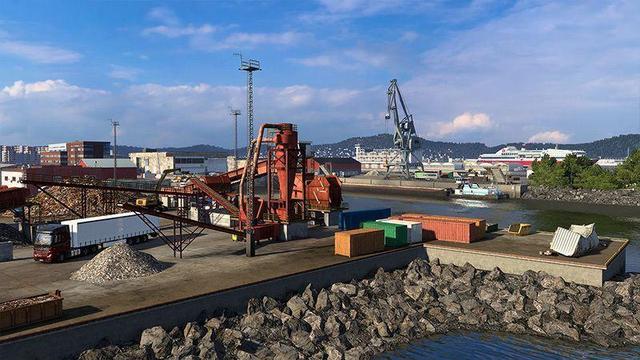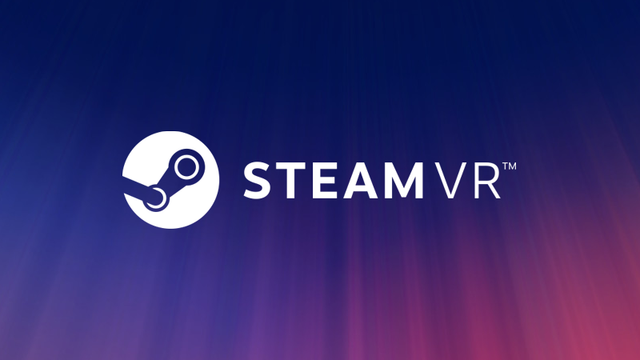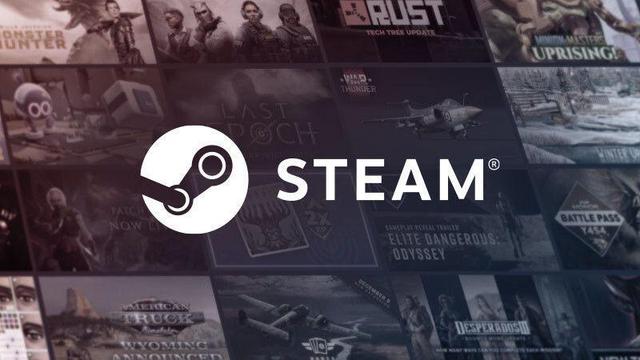Vulkan in Äthiopien bricht erstmals seit 12.000 Jahren aus
Als der
#Vulkan #HayliGubbi das letzte Mal ausbrach, endete gerade die letzte Eiszeit. Rund 12.000 Jahre später ist er wieder aktiv, Tausende Äthiopier sind betroffen.
#volcan #volcano #dieZeithttps://www.zeit.de/gesellschaft/zeitgeschehen/2025-11/aethiopien-vulkan-hayli-gubbi-ausbruch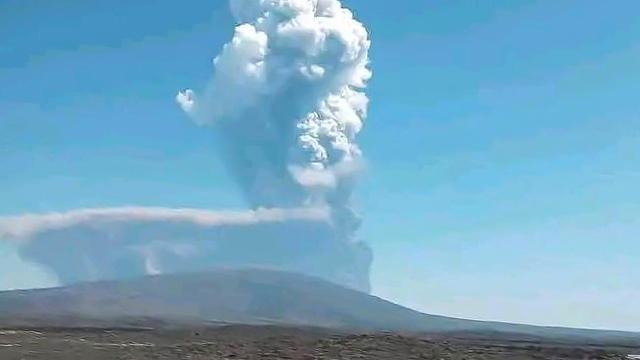
Äthiopien: Vulkan in Äthiopien bricht erstmals seit 12.000 Jahren aus
Als der Vulkan Hayli Gubbi das letzte Mal ausbrach, endete gerade die letzte Eiszeit. Rund 12.000 Jahre später ist er wieder aktiv, Tausende Äthiopier sind betroffen.
Seit 12.000 Jahren schlafender Vulkan in Äthiopien ausgebrochen
Jahrtausende hat der Vulkan Hayli Gubbi in Äthiopien geschlafen - nun ist er ausgebrochen. Todesopfer oder Schäden gibt es offenbar nicht. Eine kilometerhohe Aschewolke zog vom Horn von Afrika über die Arabische Halbinsel.
➡️ https://www.tagesschau.de/ausland/afrika/vulkan-aethiopien-ausbruch-100.html?at_medium=mastodon&at_campaign=tagesschau.de
#Äthiopien #Vulkan #Ausbruch
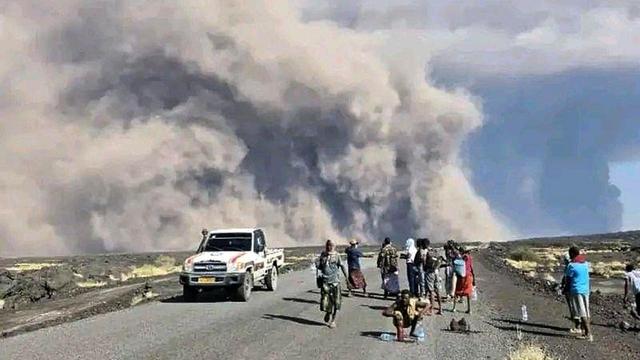
Seit 12.000 Jahren schlafender Vulkan in Äthiopien ausgebrochen
Jahrtausende hat der Vulkan Hayli Gubbi in Äthiopien geschlafen - nun ist er ausgebrochen. Todesopfer oder Schäden gibt es offenbar nicht. Eine kilometerhohe Aschewolke zog vom Horn von Afrika über die Arabische Halbinsel.
Hayli Gubbi spuckt Aschewolken bis in große Entfernung
Der Vulkan Hayli Gubbi in Äthiopien ist erstmals seit rund 12.000 Jahren ausgebrochen. Eine wuchtige Explosion erschütterte völlig überraschend die Region. Seither spuckt er eine Aschewolke bis in große Höhen die von Winden bis in Jemen und den Oman getragen werden.
https://apnews.com/article/ethiopia-volcano-afar-hayli-gubbi-15232fa7dc1920f44a89e92699b845b1
https://aktuelle-naturkatastrophen.info/2025/11/24/hayli-gubbi-spuckt-aschewolken-bis-in-grosse-entfernung/
#Vulkan #Klimakatastrophe #Klimawandel

Volcano erupts in northern Ethiopia, sending ash plumes toward Yemen and Oman
A volcano has erupted in northern Ethiopia, sending ash plumes across the Red Sea toward Yemen and Oman. The Hayli Gubbi volcano in the Afar region erupted on Sunday morning, covering the village of Afdera in dust. A local administrator reported no casualties but expressed concern for the community's livestock herders. An official said there was no record of a previous eruption by the volcano. Many villages are covered in ash, affecting livestock feed. The Toulouse Volcanic Ash Advisory Center observed the eruption via satellite. The area is prone to earthquakes, and residents described hearing a loud sound and feeling a shock wave.
#verhörer aus der
#tagesschau Der
#Kiel-er Uea-
#Vulkan ...
Vulkane? In Norddeutschland?
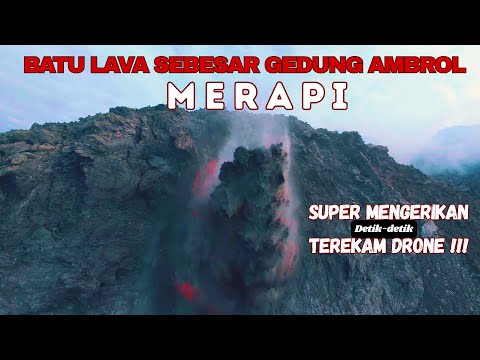
SUPER MENGERIKAN!!! BATU LAVA SEBESAR GEDUNG AMBROL DI PUNCAK MERAPI DETIK-DETIK TEREKAM DRONE




